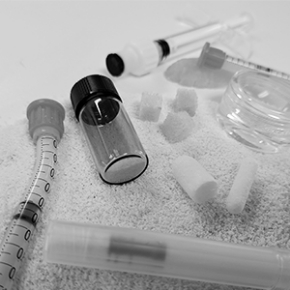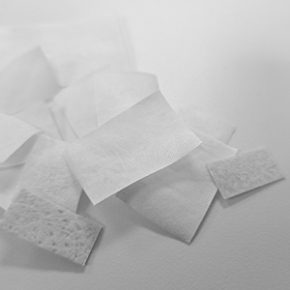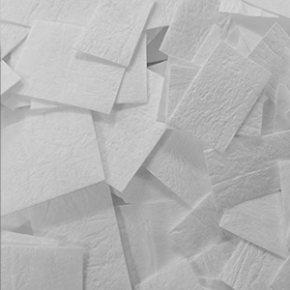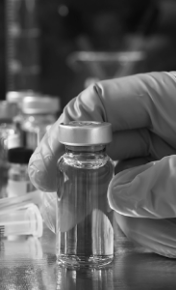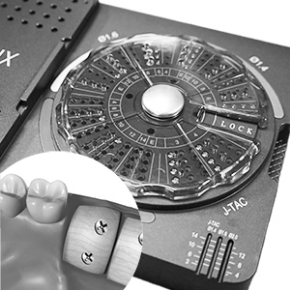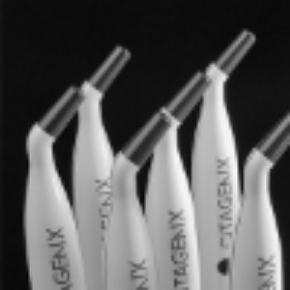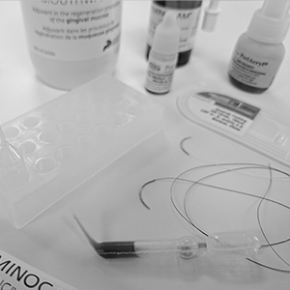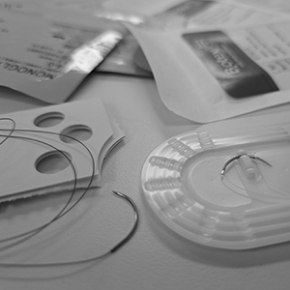Business related
View answers to our most asked questions about invoices, returns, shipping & more...
Billing
You can view invoices/credit memos (last 12 months) and pay outstanding balances online after logging into our website.
View My Invoices:
- Step1. Login to Website
- Step2. Go to My Account, select Account Balance
- Step3. View invoices, credit memos, and outstanding balances (up to 1 year).
- Step 4. To make a payment, click Pay Now, select the invoices, enter your payment details, and submit.
If you need further assistance, please contact Accounts Receivable at 1-877-243-6724 (North America Only) or +1 450-688-2564 (outside North America) . Our billing department will be happy to assist you.
- With login: Go to My Account, then visit Account Balance. Click Pay Now, select the invoices you wish to pay, enter payment details, and submit.
- Without login: If you know your customer number (starting with "C"), go to Pay Invoice. Enter your customer number and customer details to view your outstanding invoices. Then select the invoices, enter your payment details, and submit.
If you need further assistance, please contact Accounts Receivable at Customer Service Department at 1-877-243-6724 (North America Only) or +1 450-688-2564 (outside North America). Our billing department will be happy to help.
Information
Please contact our Customer Service department:
- North America Only: +1-877-243-6724
- Outside North America: +1 450-688-2564
They will be able to inform you about the director responsible for your account.
Returns
Orders placed with Citagenix are operationally processed by our parent company, HANSAmed Limited, and therefore follow HANSAmed Limited’s terms and conditions.
HANSAmed offers a conditional return option for all unused and unopened products (excluding Schedule F and other ethical or prescription drugs, as well as regulated Class 3 and Class 4 medical devices). Returns are subject to a 20% restocking fee, shipping costs, and handling charges, provided the procedures outlined below are followed. To initiate a return request, please contact the Customer Care Hotline at
- North America Only: +1-877-243-6724
- Outside North America: +1 450-688-2564
For more information, please visit Citagenix’s Terms and Conditions.
If the package looks to be damaged, or unacceptable, please contact Citagenixright away at
- North America Only: +1-877-243-6724
- Outside North America: +1 450-688-2564
For more details, visit Citagenix's Terms and Conditions.
Website
If you’re an existing user, please reset your password using the link below:After login, you can see your pricing.
- Please check your inbox or junk folder for an email with the subject: “Citagenix Regen LLC. – Email validation.”
- Open the email and click “Click Here” to validate your account.
Call us at +1-877-243-6724 or email info@citagenix.com
Please check your email for a message with the subject line: “Citagenix Multifactor Authentication – Security Token.”
- Open the email,
- Copy the token,
- Paste it into the login screen without refreshing the page.
Please allow up to 1 business day for role assignment (ERP sync). If it persists after a day, choose Contact Support.
Call us at +1-877-243-6724 or email info@citagenix.com.
Add us to safe senders: @citagenix.com
Still stuck?
- Choose Contact Support.Call us at +1-877-243-6724 or email info@citagenix.com.
Having trouble at checkout? Don’t worry — let’s fix it together.
- I can’t go to next page after clicking PROCEED TO CHECKOUT: Please make sure you’ve checked the box: I agree with the terms of service and I adhere to them unconditionally (read).
- You’ll find this message just above the PROCEED TO CHECKOUT button at the bottom of the checkout page. - I clicked PROCEED TO CHECKOUT but can’t reach payment page: After clicking PROCEED TO CHECKOUT, you may see a Missing anything? page.
- If you don’t want to add extra items, then just click CONTINUE at the bottom.
- If it says No Previous order history, you can still just click CONTINUE. - Next, you’ll be redirected to the Payment page where you confirm your Billing Address. If your Shipping Address is different, please add it before continuing.
- After selecting your Billing Address, choose your Shipping Type, then click NEXT.
- On the next screen, choose your Payment Method (Credit Card or Purchase Order). If you have Reward Points, you can choose to redeem your entire available points.
- You’ll now be taken to the Payment page. Enter your payment information, then click CONTINUE.
- Almost done! You will see your Order Summary. Please review carefully. If everything looks correct, click CONFIRM to complete your order.
If you need further assistance, please contact customer service at 1-800-363-2876 or salessupport@hansamed.net. Our Customer Service department will be happy to assist you.
If your payment isn’t processing:
- Make sure your card details are entered correctly (number, expiry, CVV).
- Try a different payment method (Visa, MasterCard).
- If it still fails, please contact your bank — sometimes security checks block online transactions.
Still stuck? Our team can assist.
If you need further assistance, please contact customer service at +1-877-243-6724 or info@citagenix.com. Our Customer Service department will be happy to assist you.

